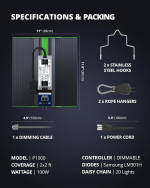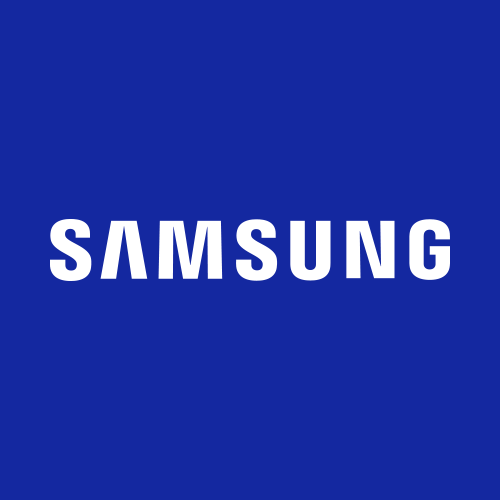VIPARSPECTRA 2024 P1000 LED
Limited time deal
$59.99 with 33 percent savings-33% $59.99
About this item
- TOP COMPONENTS & LOWER RUNNING COST: VIPARSPECTRA 2024 newest upgraded P1000 grow light adopts the market-leading Samsung LM301H Diodes (3.10 μmol/J) and high-safety performance MEAN WELL driver, providing high PAR output, high energy efficiency and stronger light output. The top end components give the P1000 grow lights for indoor plants seed starting veg flowering an incredible performance, achieving greater yield while saving you on energy costs!
- OPTIMAL FULL SPECTRUM LIGHT & SUPERIOR HEAT DISSIPATION: Consists of 660nm red light, 3000K 5000K white light, and 730nm far red IR spectrum, the P1000 growing lights for seed starting provide plants in all stages from veg to flower with everything they need in the natural sunlight. Designed for durability. Silent fanless design. Adopt high quality MEAN WELL XLG series driver and built-in large areas of solid aluminum heat sinks, essential for heat dissipation while ensuring long lifespan of the light.
- LOW ENERGY CONSUMPTION GROW LIGHTING: Comparable to traditional 250W HPS/MH while consuming only 100W! Perfect for 2.5x2.5 ft vegetative coverage at 16" and 2x2 ft flowering coverage at 10". Remember to properly adjust the height and brightness accordingly to your plants desired level for optimal growth.
- DIMMER FUNCTION & DAISY CHAIN FEATURE: An added dimmer knob is featured to precisely manipulate the brightness level of the light, obtaining perfect growth performance for each growing phase. Daisy chain feature allows you to connect up to 20pcs P1000 grow lights for your commercial growing, horizontal and vertical farming, greenhouse planting and hydroponics etc.
- TRULY BEST BACK FOR THE BUCK: Plug and Play. Professional guidance, friendly customer service and US local after-sales service provides you with a pleasant shopping experience and helps your plants grow better. Make sure you purchase authentic VIPARSPECTRA grow lights. If you have any questions, please contact us at any time.
Some thread posters had voiced their success with Inexpensive LED purchases on Amazon etc...
I have an interest in micro grows, added some new choices to the LED poll for your review
Also maybe someone who has this #1 top rated light could give us a real account of its performance?
https://www.icmag.com/threads/the-official-1-sqft-challenge.105240/
this light is daisy chainable up to 20 lights !!!
Im interested in this for the one foot challenge





















